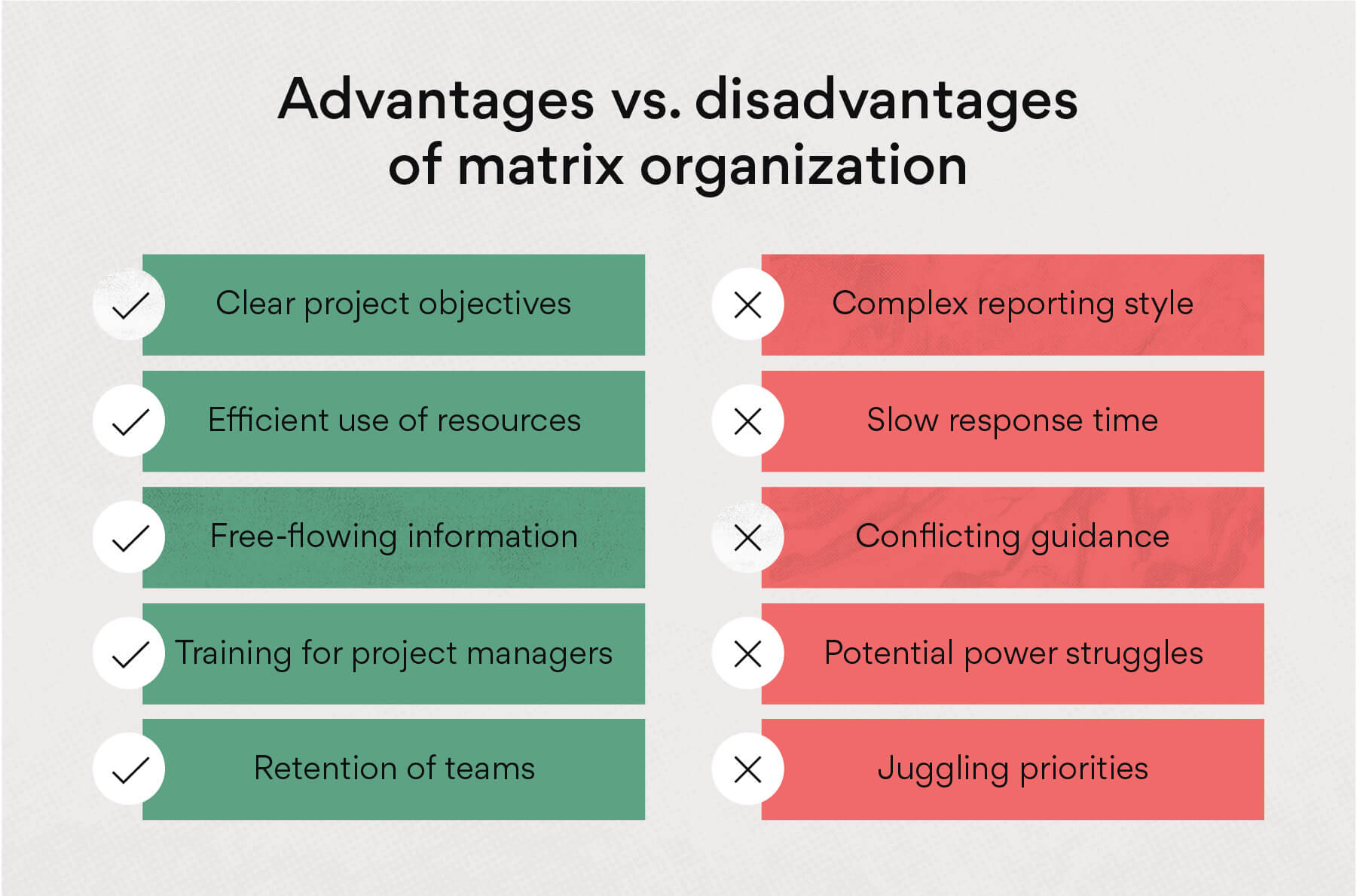Session-28
Dec 31, 2021
We studied the concept of departmentalisation. The owner can not look after the working of all the departments and hence he delegates authority to top-level management of various departments. This facilitates coordination and smooth functioning inside the organisation. Then we saw various ways in which departmentalisation can be done. These are:-
- Functional Departmentalisation- Activities can be grouped according to function to pursue economies of scale by placing employees with shared skills and knowledge together. In contrast, it faces a lack of communication across various functionally differentiated departments.
- Geographical Departmentalisation- Grouping activities on the basis of territory. They help in serving the unique geographic markets. However, they face the limitation of duplication of activities across various departments. eg-Indian Railways
- Product Division- Activities are grouped according to particular products and services. Thus placing all activities related to the product or the service under one manager. This type of departmentalisation also aces duplication of efforts which leads to wastage of resources..eg- In Intel, Paul Otellini divided the company according to 4 different products.
- Process Departmentalisation- Facilitates efficient flow of work activities. Specialization is required in manufacturing sectors and hence departmentalisation is done on the base of processes required in the production of the product. However, only certain types of organisations can be suited to use this.
- Customer Departmentalisation-Jobs may be grouped according to the type of customer served by the organization. It helps in solving customer problems and fulfilling customer needs across a department; for a particular set of customers, in an efficient way.

Then we discussed reporting relationships. In order to establish clear reporting relationships, all flow of information in the organisation must follow the principles of Unity of Command and Scalar Chain.
Furthermore, we talked about the span of management which means the number of people that can be effectively managed by a single manager.
There can be 2 types-
- Tall organisations are easier to handle, facilitate better communication however expensive to manage and slower decision making. The span of control is also narrow.
- Flat organisations are difficult to handle, however, there are less expensive and facilitate faster decision making.The span of control is wide.

No comments:
Post a Comment